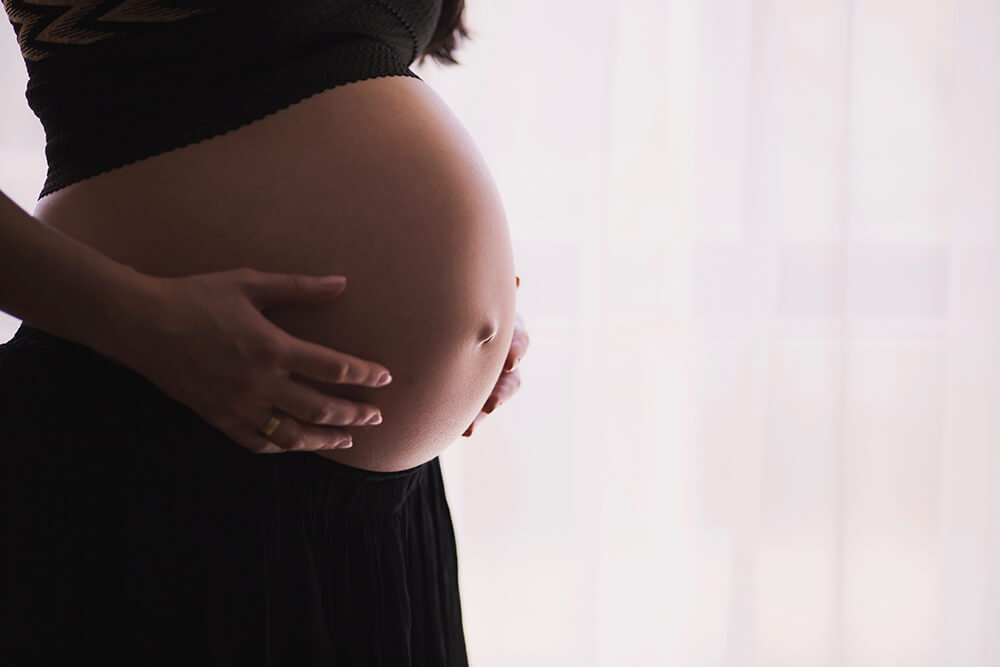
Don't be too shocked. Yes, people all over the world treat the placenta as a very sacred source of beneficial and medicinal source of anti-depressive, energy increasing, lactation promoting and hormonal replacing miracle supplement. Keep reading to see just how to reap the benefits of placenta, especially if you are an expecting mama, going into menopause, have hormonal or anxiety problems or are just simply interested.
Eating the placenta, or afterbirth, is called placentophagy and is observed and practiced in most mammals (even herbivores), along with humans of almost all cultures. As a side note, if you want to keep or eat your placenta you need to check your hospital or birthing center’s policy before you go into labor. Most hospitals treat the placenta as biohazardous waste and dispose of it along with other medical waste. If you want to keep yours, you’ll need to arrange that in advance. Once you have your placenta, it’s better to freeze it or cook it right away, since placenta can spoil. You can freeze the placenta for a few weeks. However, the longer it is in the freezer the more it will lose its natural benefits. Some new moms hire professional placenta preparers, who dehydrate the afterbirth, grind the dried meat into a powder, and turn the powder into pills that can be swallowed daily. Other mothers cut the membranes away from the placenta, then cook it like any other type of meat.
Though depending on which research study you look into, there are mixed reviews and (of course) attitudes on eating the after birth. Some studies say that yes, the placenta contains oxytocin to increase the feel-good hormones after delivering (postpartum) and eases the stress experienced in mothers Other studies say there is no evidence in hormone replacing for women with menopause or low hormonal counts. Many studies do highlight the positive correlation between eating the placenta and increased milk production. So that is a plus. You can actually (just like whether eating eggs are good for the body or not) find many studies on both sides that support and negate the act. Bottom line is to research and do what you feel is right for you, your body or your baby.
There are many ways to cook the placenta. How people choose to eat it varies greatly. Some choose to use dishes that would normally contain beef or liver, using the placenta to replace the meat. This might include a stew, lasagna or even patties.
Instead of cooking your placenta whole, you can dehydrate it and then add it to meals. If you do not have a dehydrator, or do not want to do this yourself, you can always hire a Doula to do this 🙂
1. Cut off the cord and membranes.
2. Steam the placenta, adding lemongrass, pepper and ginger to the steaming water. The placenta is done when no blood comes out when you pierce it with a fork.
3. Cut the placenta into thin slices and bake in a low-heat oven (200-250 degrees F), until it is dry and crumbly for several hours.
4. Crush the placenta into a powder using a food processor, or blender.
5. Put the powder into empty gel caps (available at drug and health food stores) or just add a spoonful to your cereal, blended drink, etc.
6. The recommended doses vary, some suggest up to 4 capsules a day, others just one.
1/4 cup raw placenta
8oz V-8 juice
2 ice cubes
1/2 cup carrot.
Blend at high speed for 10 seconds
1-3lb fresh placenta (must be no more than 3 days old)
1 onion
1 green or red pepper
1 cup tomato sauce
1 sleeve saltine crackers
1 tspn bay leaves
1 tspn black pepper
1 tspn white pepper
1 clove garlic (roasted and minced)
(Preheat oven to 350 degrees)
1. Chop the onion and the pepper & crush the saltines into crumbs.
2. Combine the placenta, onion, pepper, saltines, bay leaves, white and black pepper, garlic and tomato sauce.
3. Place in a loaf pan, cover then bake for one and a half hours, occasionally pouring off excess liquid.
Meat of 3/4 placenta in bite size chunks
1 potato (cubed)
1/4 cup fresh parsley
2 carrots, 3 ribs celery
1 zucchini
1 large tomato
1 small onion
1. Dredge meat in 1 tbl. flour mixed with 1 tsp salt, 1/2 tsp. paprika, pinch of cloves, pinch of pepper, 6-8 crushed coriander seeds.
2. Saute meat in 2 tbl. Oil.
3. Then add vegetables (cut up) and 4-5 cups of water.
4. Bring to full boil, then simmer for 1 hour
✔ Contains prostaglandin, which helps the uterus return to its normal state.
✔ Contains oxytocin, which stimulates milk production and soothes the stress of labor.
✔ Decrease in baby blues and postpartum depression.
✔ Increase and enrich breast milk.
✔ Increase in energy.
✔ Decrease in lochia, postpartum bleeding.
✔ Decrease iron deficiency.
✔ Decrease insomnia or sleep disorders.
✔ Decreases postpartum "night sweats".
✘ There is a chance you could feel ill after eating placenta.
✘ May feel jittery or jumpy
✘ Headaches
✘ Mood swings
✘ Stomach cramping
✘ Pelvic girdle pain
✘ Digestive issues
Sources: abcnews.go.com, mothers35plus.com, crasstalk.com, whattoexpect.com, gentlebirth.org, africacheck.org, lifehacker.com, magicvalley.com
